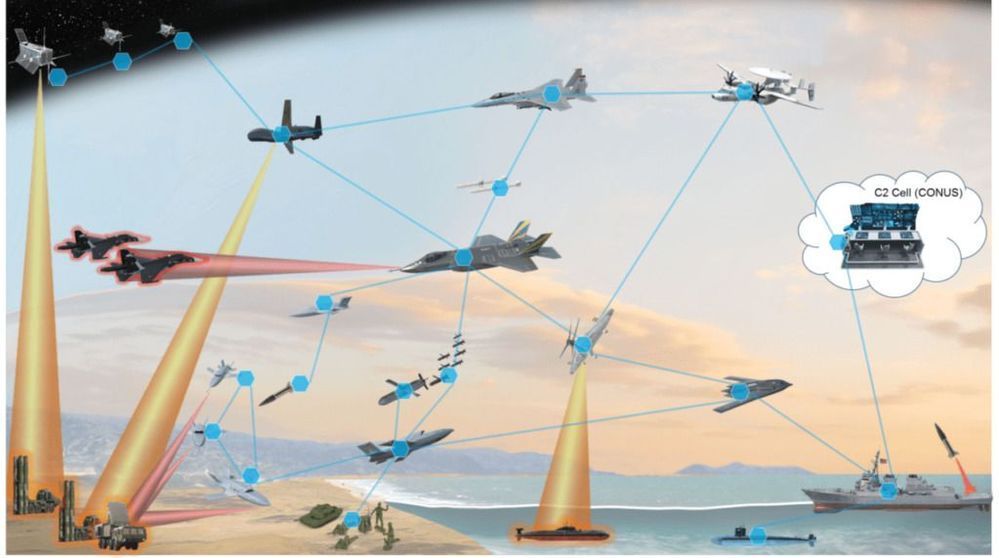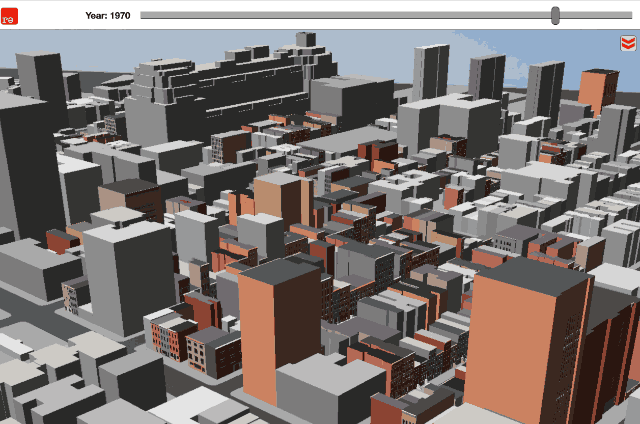One of the major updates to the latest version of Photoshop is the addition of Sky Replacement: a tool that has the potential to save you a ton of time when editing your landscape images. But as Aaron Nace explains in this video, this AI-powered tool requires a bit of thought if you want to get professional results.
AI-powered photo editing tools are always sold as “one click” or “a few clicks” solutions that can transform a photo with next-to-no input from you. But even with the most advanced machine learning available, no automated tool can generate fool-proof results without a little bit of thought from the creator on the other end of that mouse.









